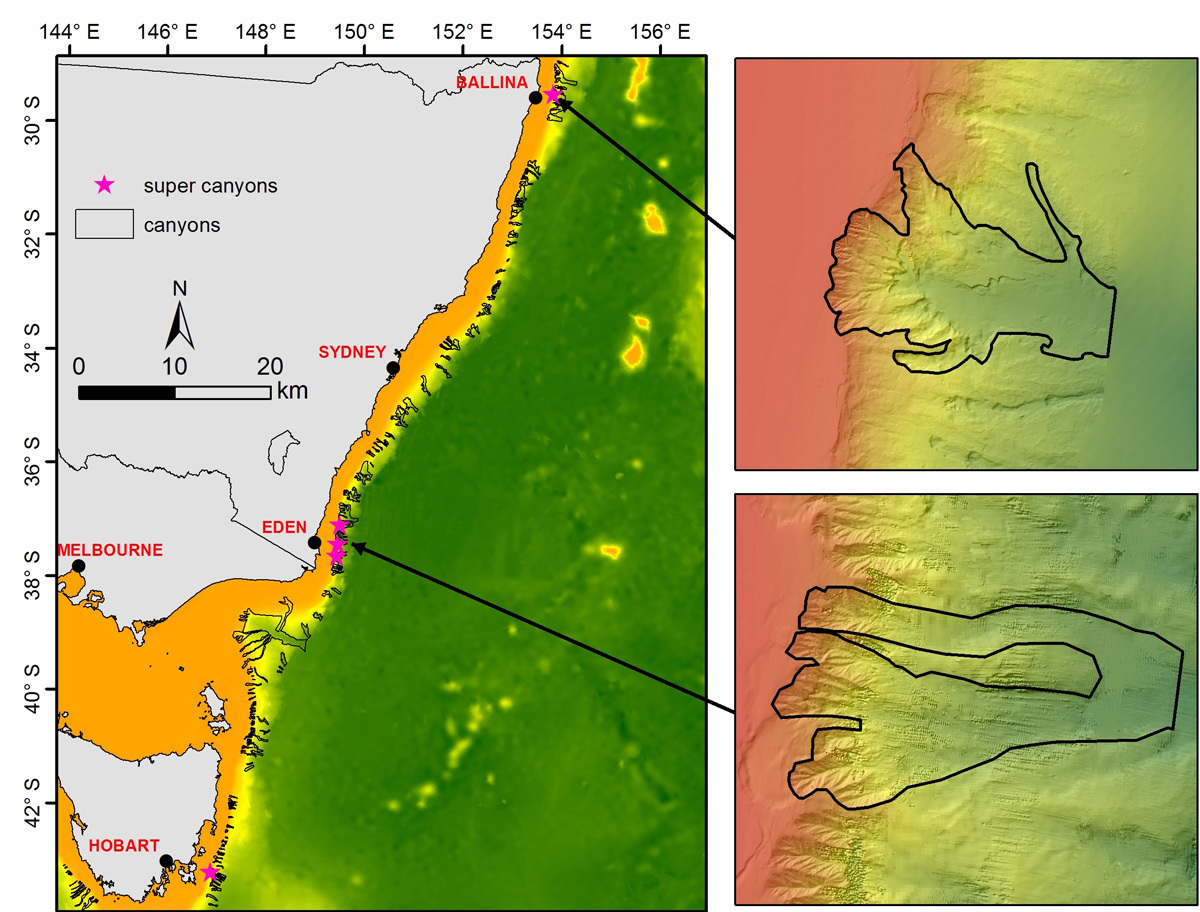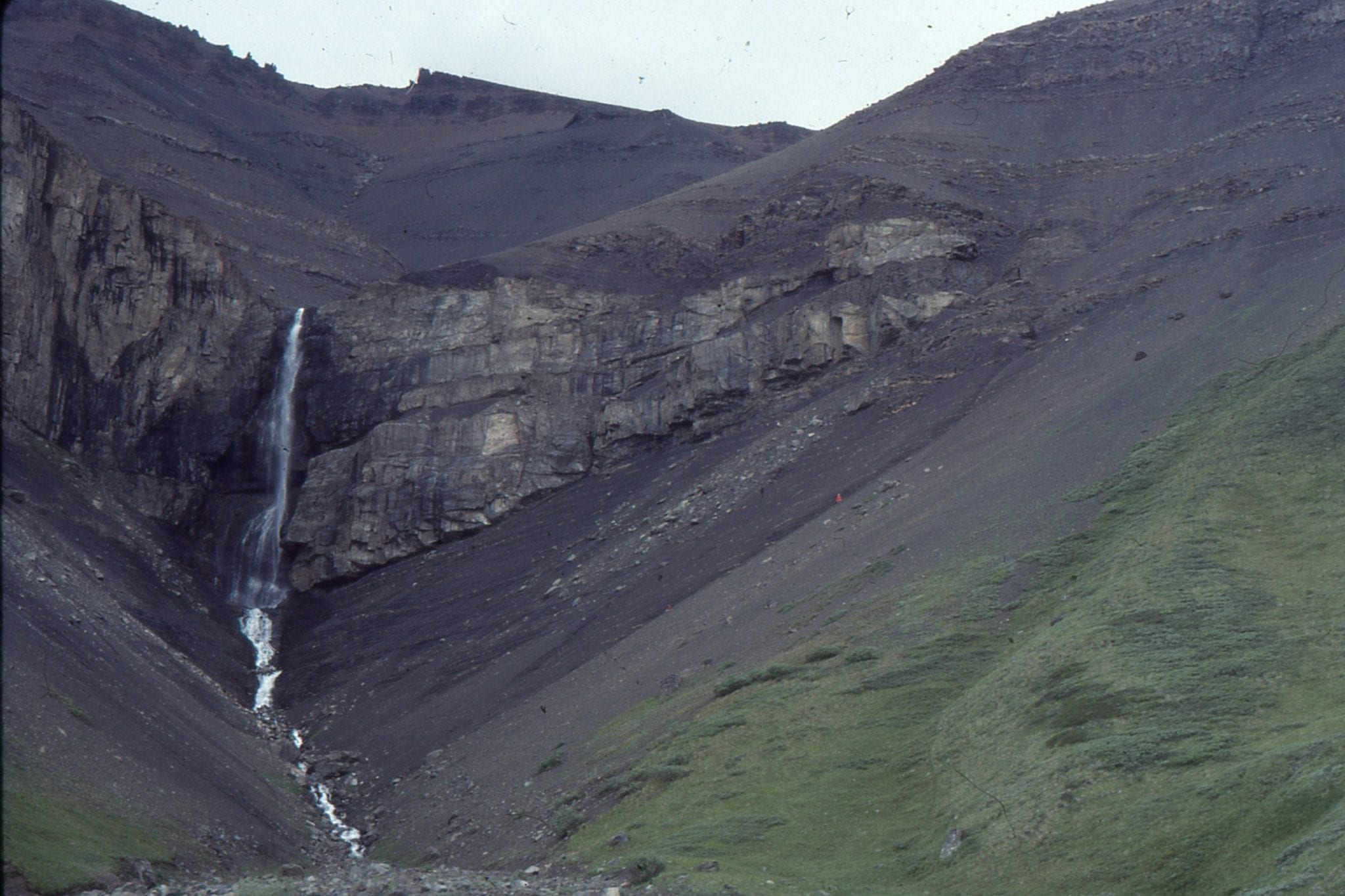

The proximity of canyons to the shore in the Monterey Bay sanctuary provides scientists with a unique opportunity to study canyon habitats. In addition, loops from slack cables are potential entanglement hazards for mobile species, such as marine mammals. If routed across submarine canyons, the cables may break as sediments rush down these geologic features. One important management issue relating to this habitat revolves around whether to allow the installation of communication cables – and if so, where to place them. These processes may also lead to an accumulation of marine debris. The risk of pollutant bioaccumulation is higher in submarine canyons than in surrounding waters because the flow of sediments and pollutants tends to be concentrated in canyons. For example, a comparison of contaminant loads in surface and deep-sea fishes in Monterey Bay found elevated concentrations of persistent organic pollutants, such as PCBs and DDT, in fishes collected from Monterey Canyon. This photo was taken at a depth of -481.8 meters in Sur Canyon as a part of a deep-sea coral expedition conducted by NMFS aboard the R/V Shimida in December, 2010.īecause they extend across a range of depths, submarine canyons are vulnerable to a variety of human activities. The soft sediments on the canyon floor support a diverse community of invertebrates and fishes.Ī Humboldt squid ( Dosidicus gigas) dashing in front of the ROV camera.Clams and worms burrow into canyon walls.Rocky outcrops along canyon walls are colonized by invertebrates and provide shelter for a variety of rockfishes.Mobile fishes and invertebrates aggregate in canyon heads and along canyon walls.

However, because submarine canyons extend from shallow waters to the deep sea, they contain an incredible diversity of organisms. Most organisms observed in canyons are not unique to canyon systems but are also found at similar depths outsides canyons. Potential triggering events include storms, earthquakes, moderate sea and surf conditions, tidal fluctuation, and flooding rivers. Sediment transport events are thought to be episodic. The organic material associated with sediments provides nutrients to deep-sea organisms. Submarine landslides from canyon walls also deposit sediments on the canyon floor. Much of the sediment carried by longshore currents ends up in the axes of active submarine canyons. No significant canyons exist in the Greater Farallones or Cordell Bank sanctuaries. Numerous smaller canyons also cut into the continental shelf and slope of the Monterey Bay sanctuary. Monterey Canyon, in the center of Monterey Bay, is the largest submarine canyon along the coast of North America. Submarine canyons are the most prominent geomorphic features within the Monterey Bay National Marine Sanctuary. The positions of some channels coincide with geologic faults (such as Carmel Canyon, which lies just off the Monterey Peninsula and coincides with the San Gregorio fault).They can have sinuous channel axes and may also have a number of branching channels.They are erosional features that carve into the seafloor and expose older, underlying strata in canyon walls.These distinctive underwater features share several physical characteristics with onshore river valleys: Submarine canyons are steep-sided gorges on the seafloor of the continental slope.


 0 kommentar(er)
0 kommentar(er)
